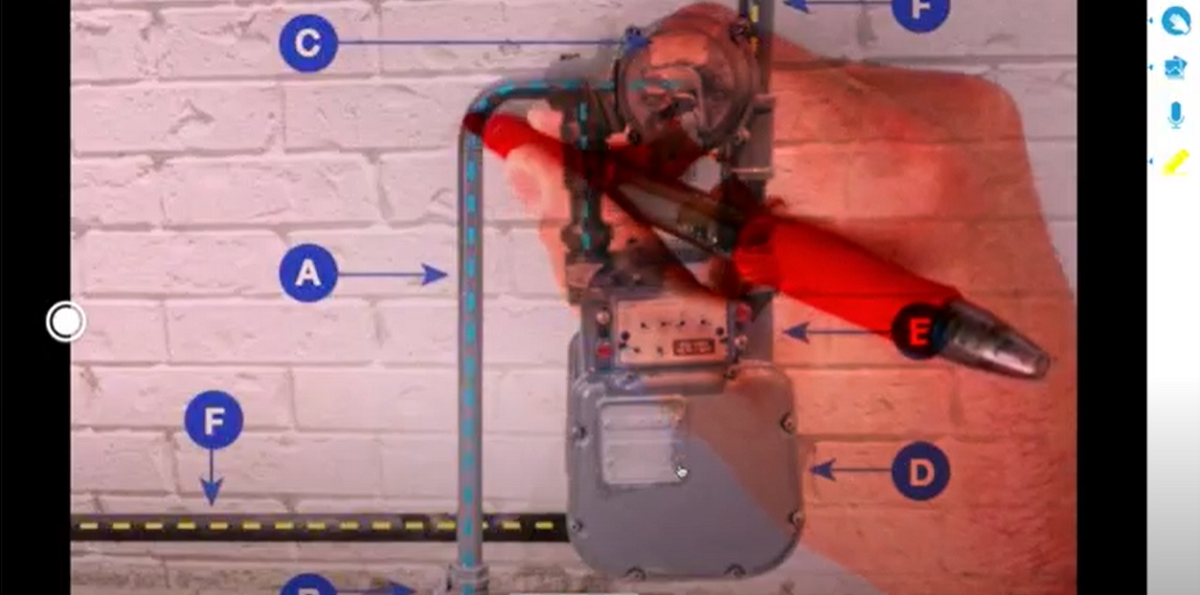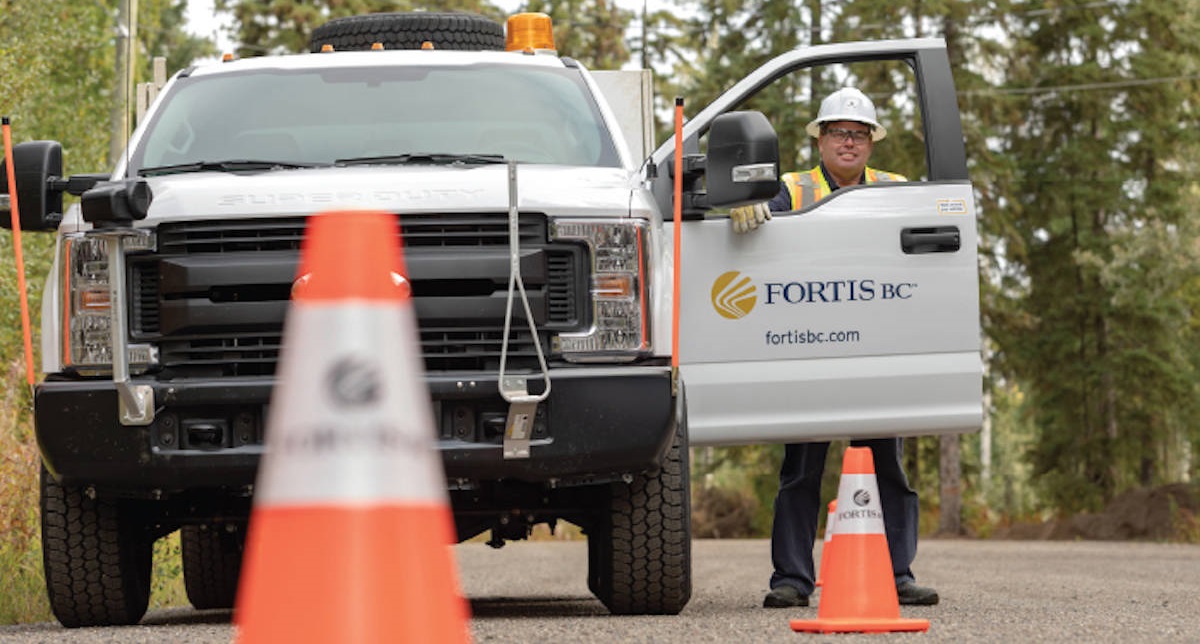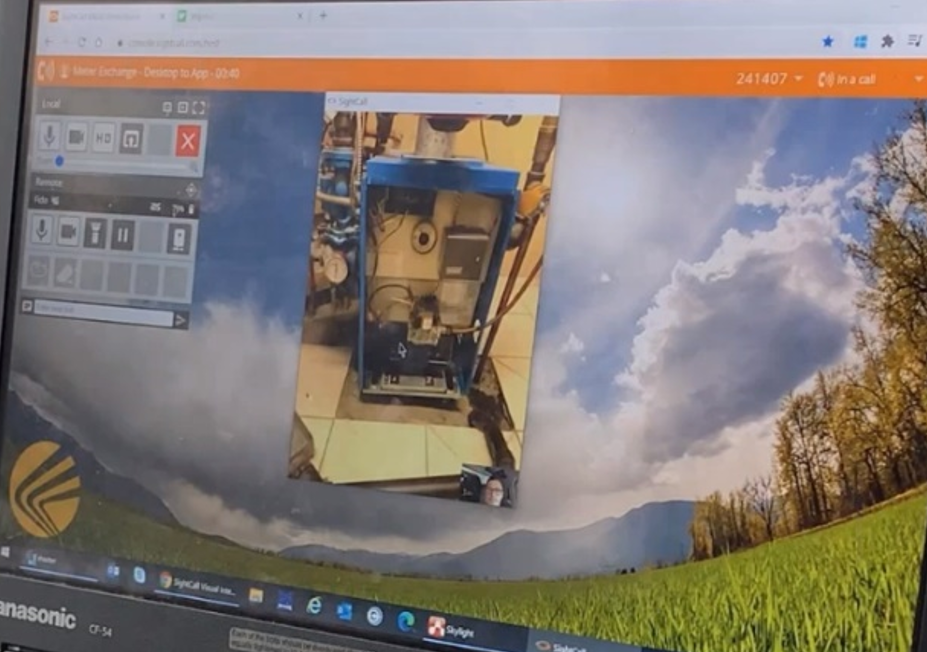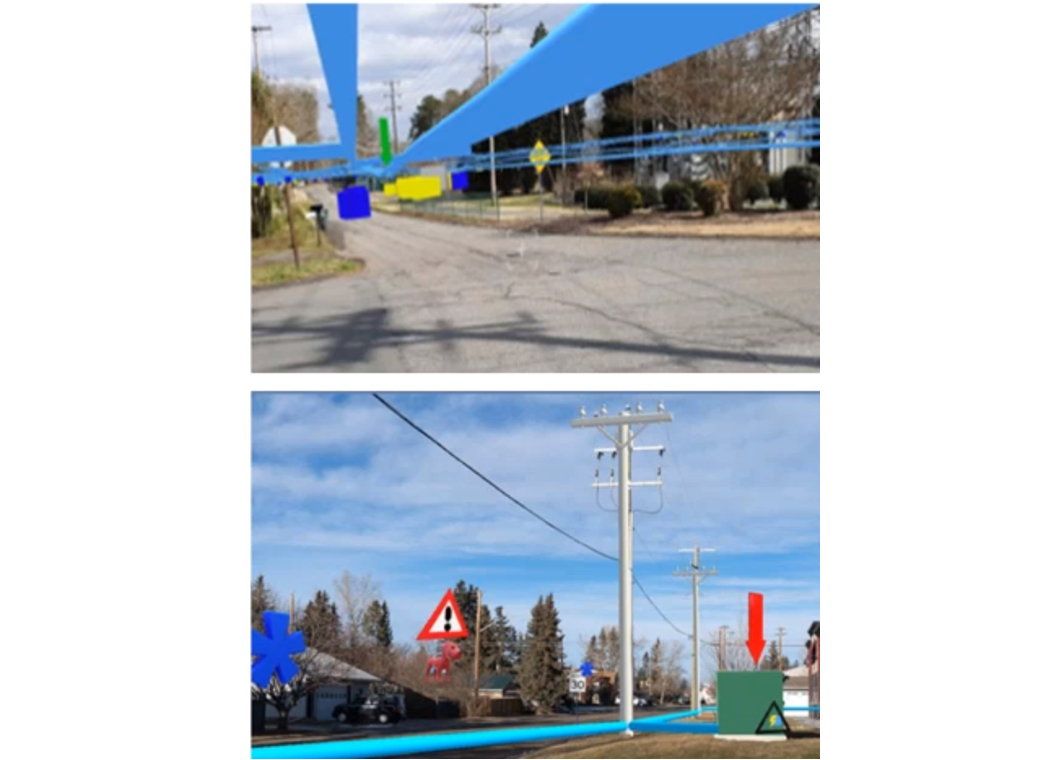We are seeing unprecedented change across the industry. The addition of a global pandemic layered on top of increasing natural disasters, as well as the relentless progression of technology, are resulting in new, better, and even sci-fi advances in how we work.
Many utilities are embracing a hybrid work model with employees based at home, in the office, and in the field. Health and safety are top of mind, with new regulations in place to safeguard workers and the public. Along with the staggering mental and economic impacts of COVID, weather disasters are also taking a devastating toll, with utilities serving as frontline responders during storms, wildfires, and other events.
Fortunately, technology has kept up. Gone are the days of paper maps and handwritten field notes. Instead, utilities are leveraging new innovations such as artificial intelligence, machine learning, and merged realities to deliver better service—safely and effectively.

During a recent discussion with FortisBC, we examined how the utility is leveraging merged realities to provide support services for customers and workers in the field.
A virtual customer service model
FortisBC is a regulated utility that provides safe and reliable energy, including natural gas, electricity, and propane to customers in British Columbia, Canada. Working within some of the most spectacular and challenging terrains in the world, FortisBC must manage and maintain close to 48,700 kilometers of natural gas transmission and distribution pipelines, serving over a million customers across 125 communities.
In the midst of the pandemic, the utility was challenged to provide a method for home visits that addressed social distancing due to COVID concerns. Since entering a customer’s home was not a viable option, Fortis decided to use merged reality – a mixing of real and virtual worlds. This model allows technicians to remotely attend home visits without feeling the distance, and guide customers through trouble-shooting procedures and service activities – like relighting their pilot lights.
Here’s how it works. A customer needs assistance to relight the pilot light on their hot water tank. Prior to the service call, the customer receives a text or email with a link to an app which serves as the interaction point for the upcoming visit.

During the call, the FortisBC technician is able to interact with the customer as if they were physically present. In this augmented reality, the worker can walk the customer through the necessary troubleshooting steps, interacting directly with the customer’s on-screen display, calling attention to relevant equipment by drawing on the screen and ensuring each step is carried out safely and in the correct sequence.
The experience is intuitive, user-friendly, and collaborative, resulting in a positive experience for everyone. Most importantly, the service call can be carried out safely, both from a pandemic and gas service perspective.
A roadmap for merged reality
The FortisBC Innovation Group is excited at the potential of the technology and is actively examining additional business applications where merged realities can be applied. These include:
- Liquid natural gas tanker emergencies: Field workers can virtually pull in a plant operator to provide guidance so they can quickly remediate the threat.
- Remote field support: Newer employees who may be unfamiliar with a piece of equipment or process can tap a senior employee to oversee their work.
- Field audits: Virtually visit crews in the field and have them pan the worksite in real-time for proof of compliance with site safety regulations.
- Emergency response training: Use virtual reality, headsets, and remotes to place workers in emergency scenarios to refine response times and ensure worker safety.

Efficiencies of a Merged Reality model
For FortisBC, a merged reality site visit enables continued and effective service while guaranteeing compliance with health guidelines and wellness protocols. Additionally, a merged reality work model provides utilities with significant efficiencies across the operation. For example:
- Saving time and money: Some service calls no longer require a home visit, lowering travel time, minimizing truck rolls, and ensuring work in the field is completed on a single call
- Lowering carbon footprint: Fewer truck rolls mean less reliance on fossil fuels and other carbon generating activities
- Improving technician to customer call ratio: With limited time in transit, workers can serve more customers
- Happier customers: Along with faster resolution, customers feel engaged and empowered in the process – that water heater is now something they understand and were able to fix themselves (with help!)
For many utilities, these meaningful outcomes align with core objectives, supporting a safe, reliable, and cost-effective operation.
The not-too-distant future
Of particular interest to utilities is the ability to overlay images and data from other sources onto digital maps (e.g., Internet of Things (IoT) devices, testing and maintenance records, LiDAR, etc.). A utility can use these sources of information to build digital twins of its assets and operations, enabling real-time analytics and what-if scenarios to inform decisions and determine the best path forward.
Merged reality is still very much a growing technology. As use cases expand, we will see workers interacting with assets at any time, from any location. Digital media and data will be more easily shared, helping employees solve problems in the moment. Heads-up displays (HUDs) will provide important information during priority and emergency events, as they unfold. This is really just the tip of the iceberg for what is around the next corner and it is a very exciting time!
As utilities pivot (and pivot, and pivot) to address our current reality, a merged reality will provide them with the insights and information they need to stay ahead of whatever is next.
Watch the entire discussion and learn how you can leverage merged realities to support and empower your mobile workers.

Do you have questions or comments?
We’d love to hear them so please leave us a message below.